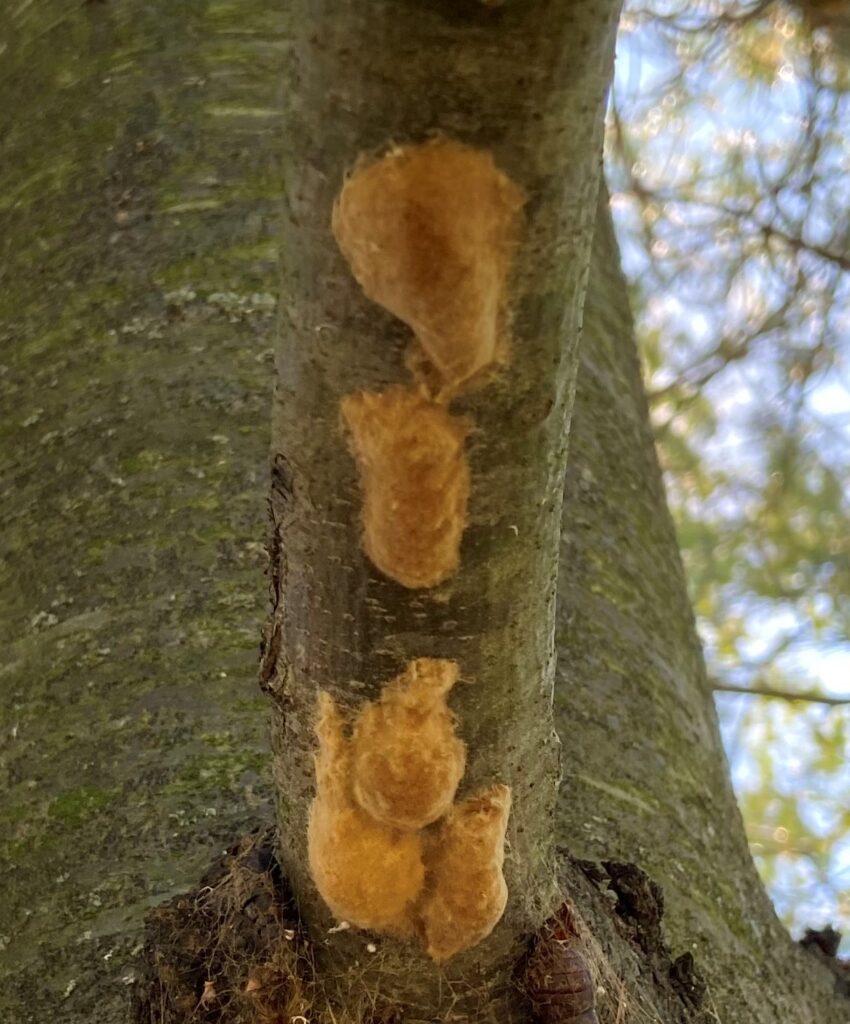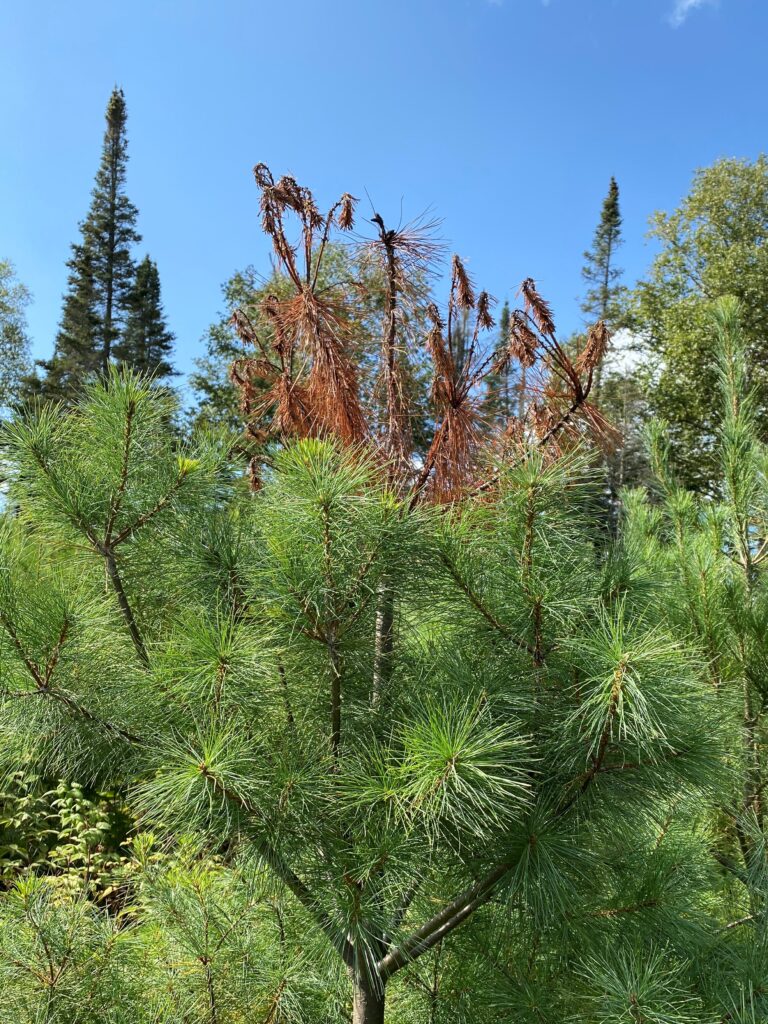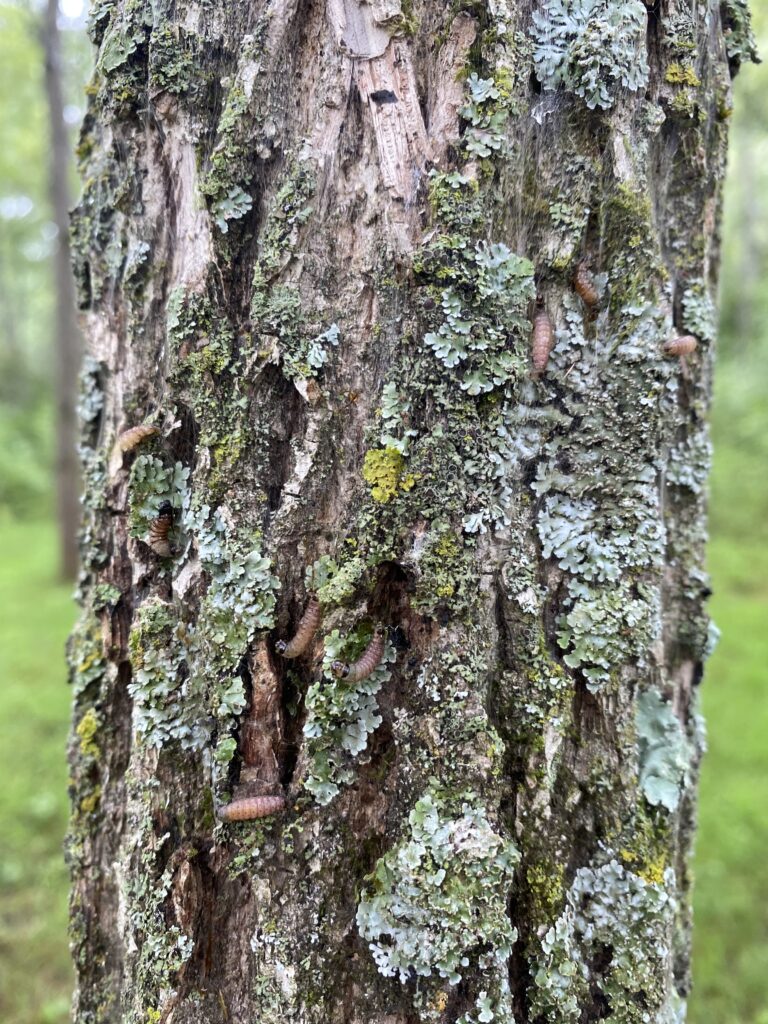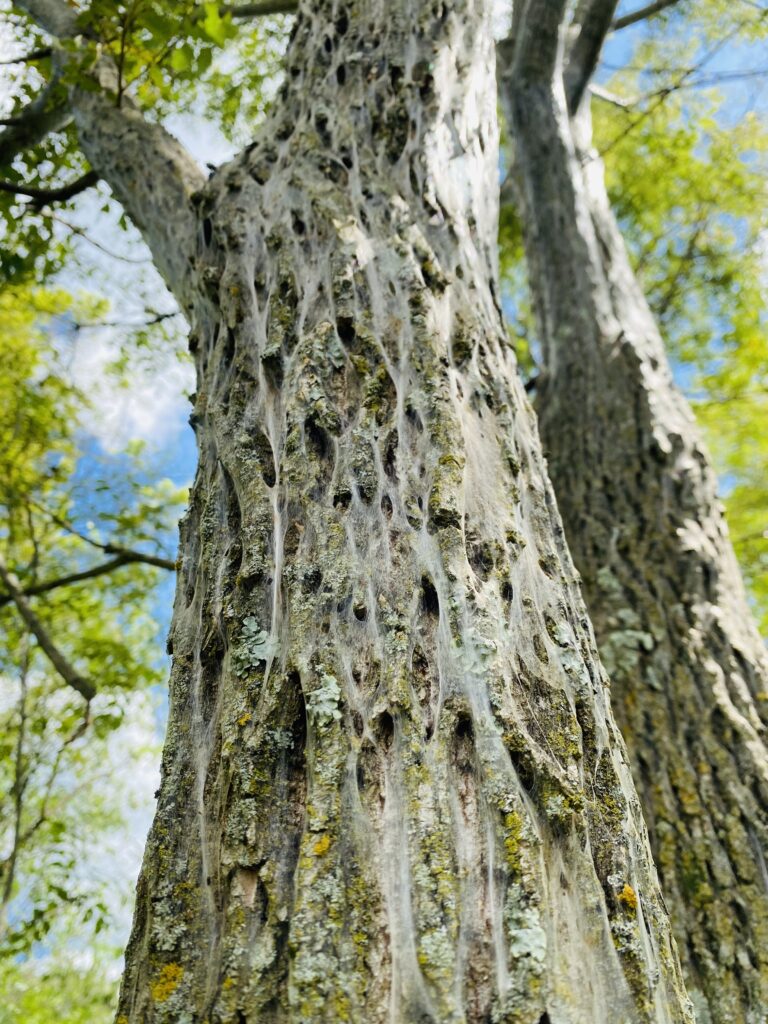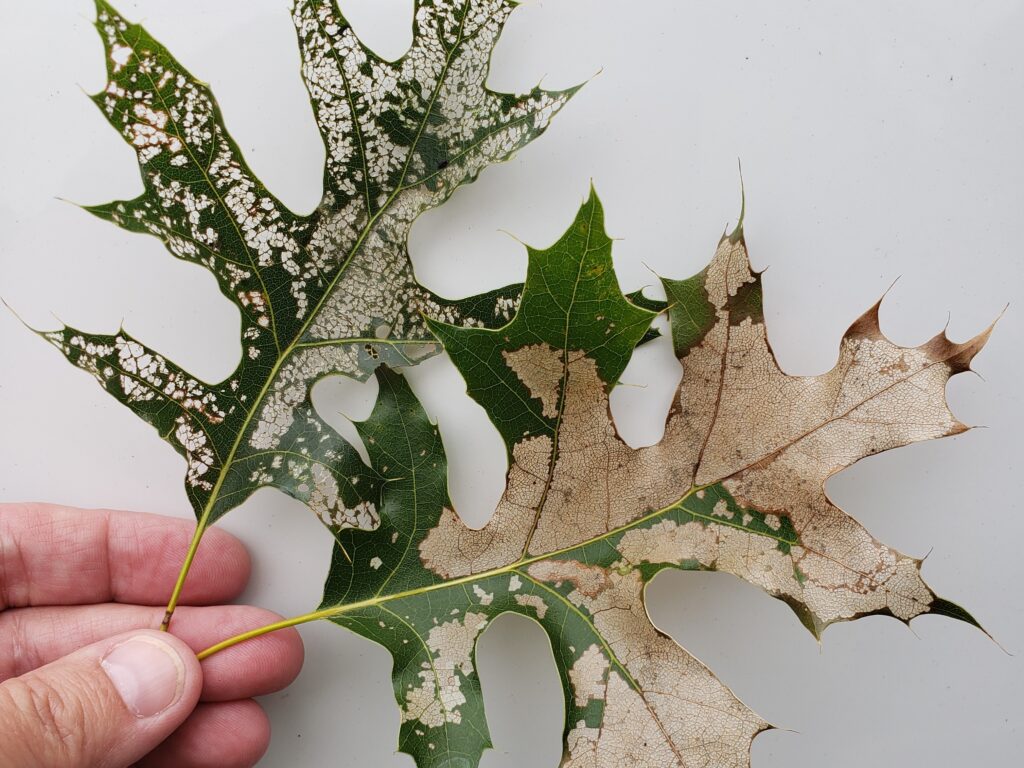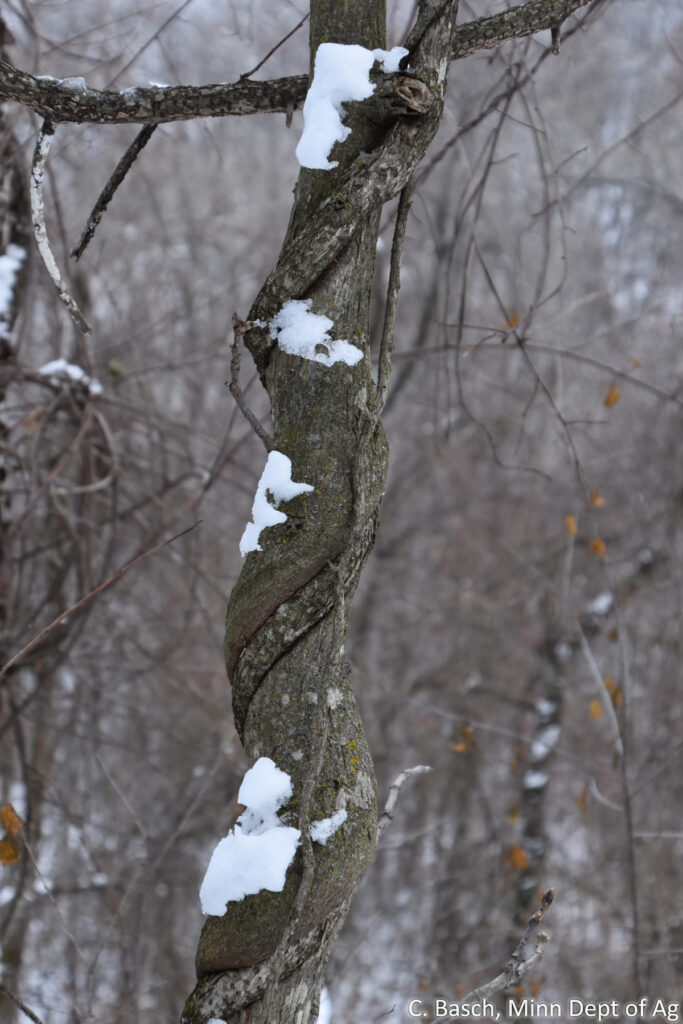 The Urban Wood Network (UWN) will host its second annual Urban Wood Academy on Nov. 19 in Louisville, Kentucky in conjunction with the Partners in Community Forestry Conference.
The Urban Wood Network (UWN) will host its second annual Urban Wood Academy on Nov. 19 in Louisville, Kentucky in conjunction with the Partners in Community Forestry Conference.
Attendees will have the opportunity to network, share and discuss the newest strategies to overcome challenges and build successful local urban wood economies. Cities, entrepreneurs and advocates are leading initiatives to ensure that when urban trees are removed, there are opportunities for the material to be put to its highest and best use. To view the full agenda, click here.
Who Should Attend: Property owners, municipalities, arborists, sawyers, wood workers, manufacturers, retailers, educators, researchers and advocates are invited to participate in this year’s interactive sessions by bringing information about their own efforts to support peer learning and insights into lessons learned.

 Driftless Area Land Conservancy will host Safety and Woods Worker (SAWW)-certified chainsaw safety and efficiency training near Muscoda, Wisconsin. Luke Saunders of Adaptive Restoration LLC will be the trainer.
Driftless Area Land Conservancy will host Safety and Woods Worker (SAWW)-certified chainsaw safety and efficiency training near Muscoda, Wisconsin. Luke Saunders of Adaptive Restoration LLC will be the trainer.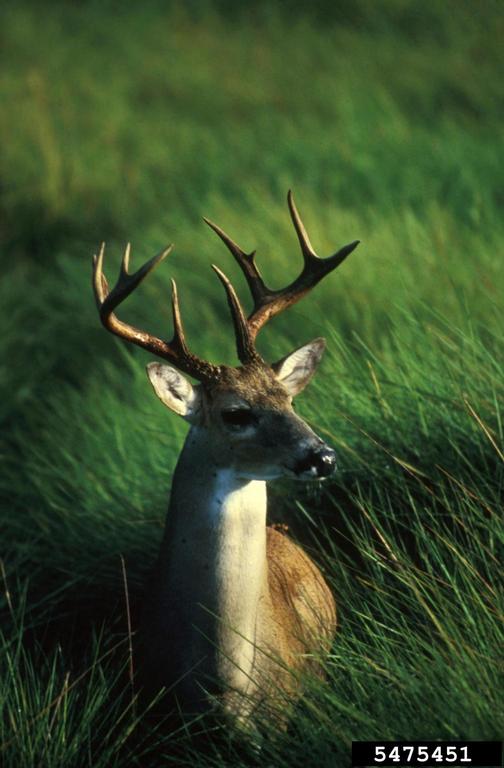
 A new national initiative will provide $7 million in funding for community-based organizations to work on park equity and racial justice.
A new national initiative will provide $7 million in funding for community-based organizations to work on park equity and racial justice.